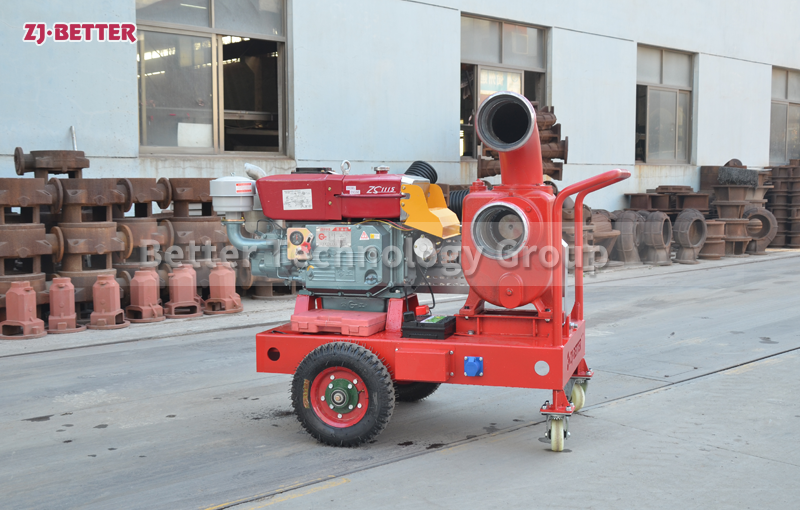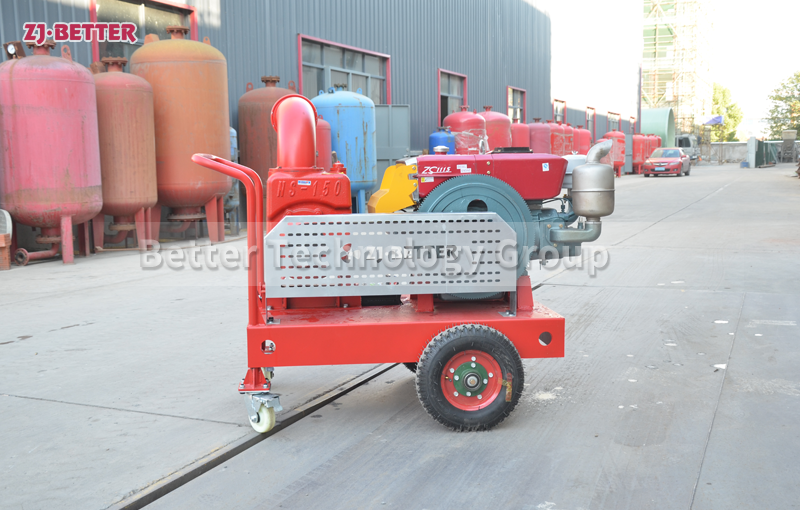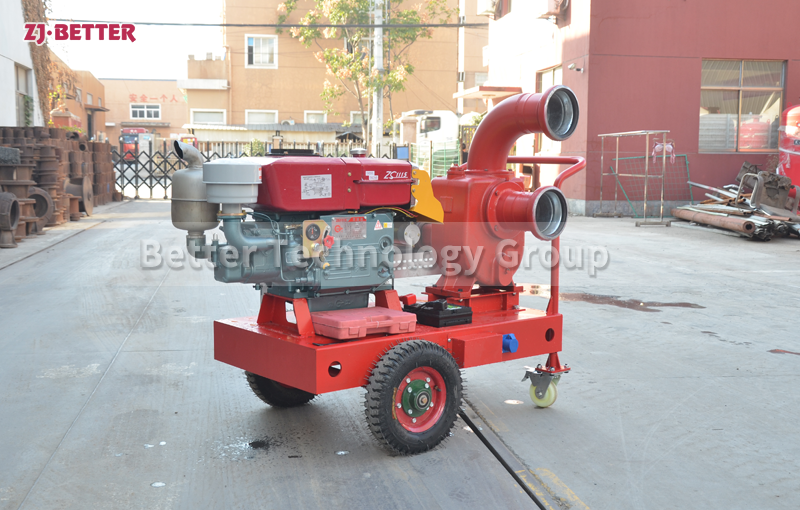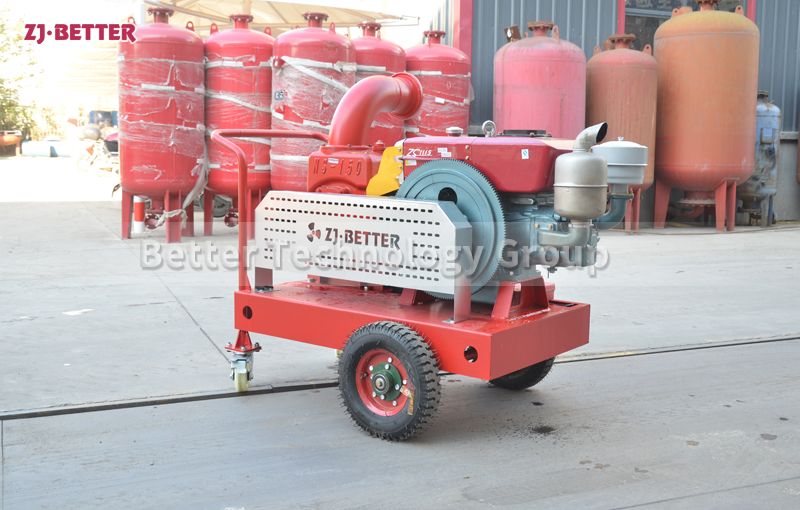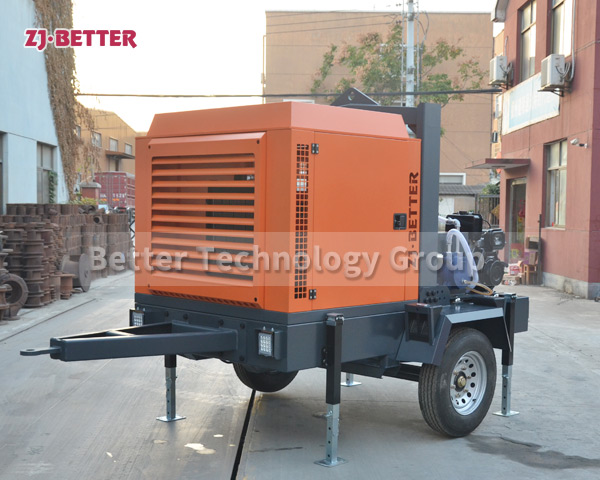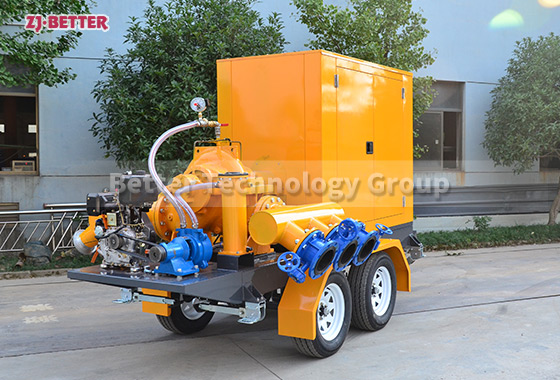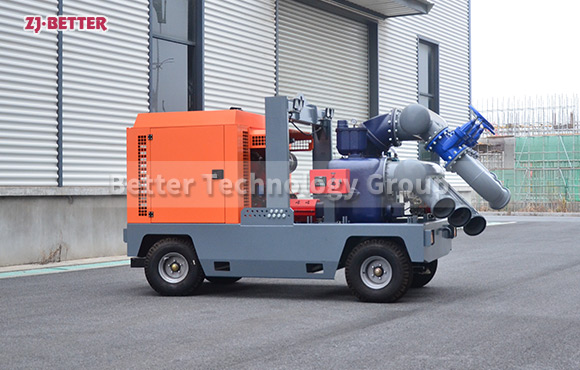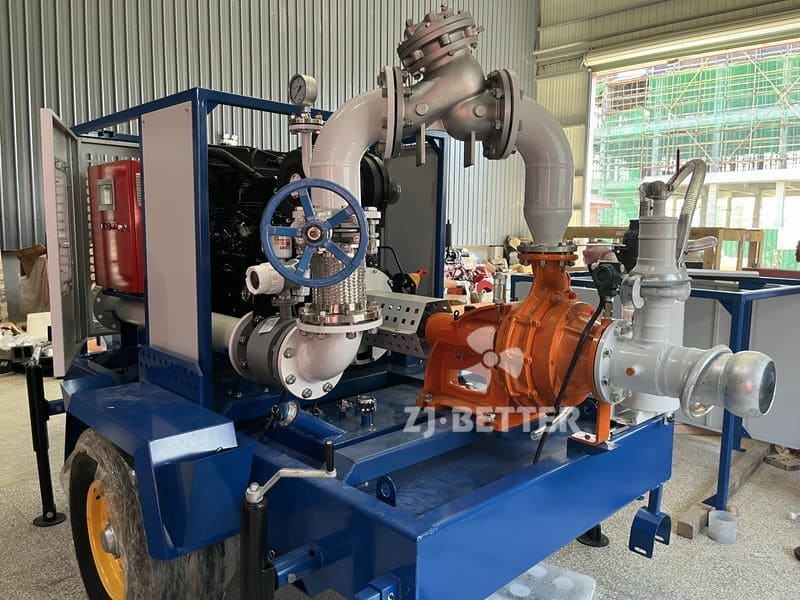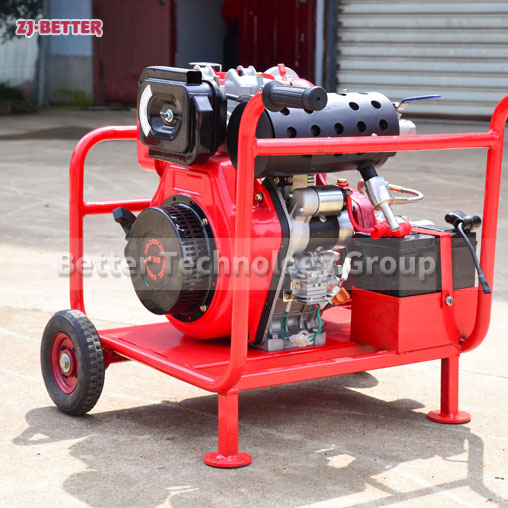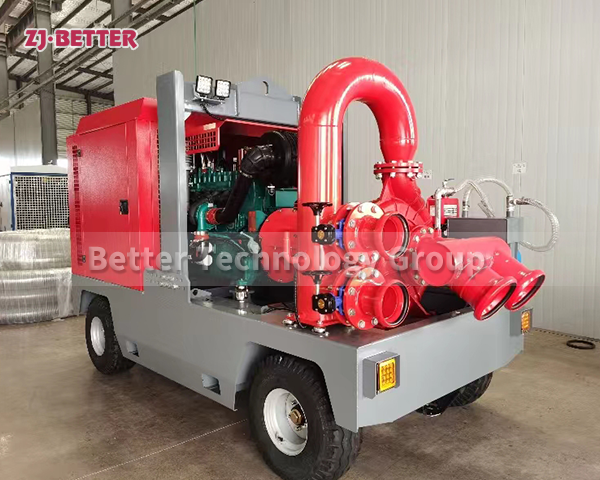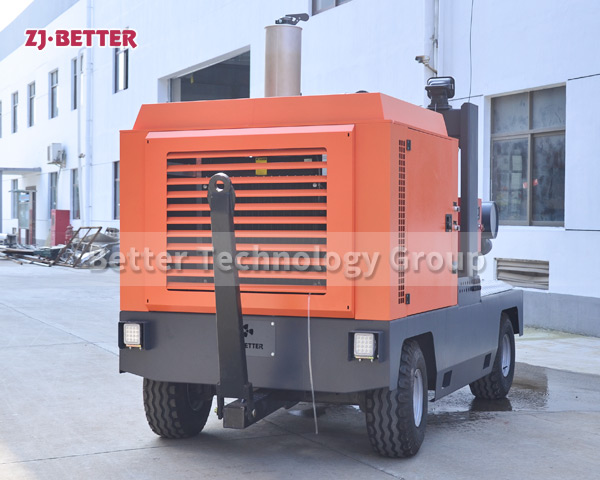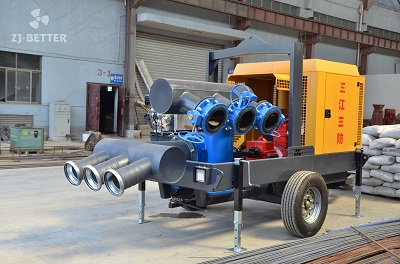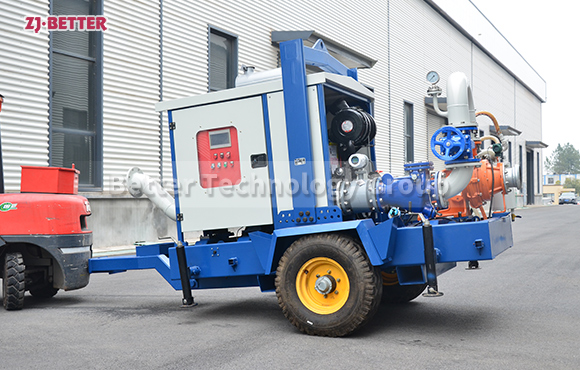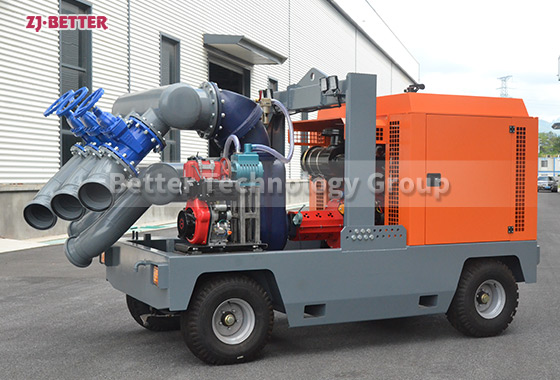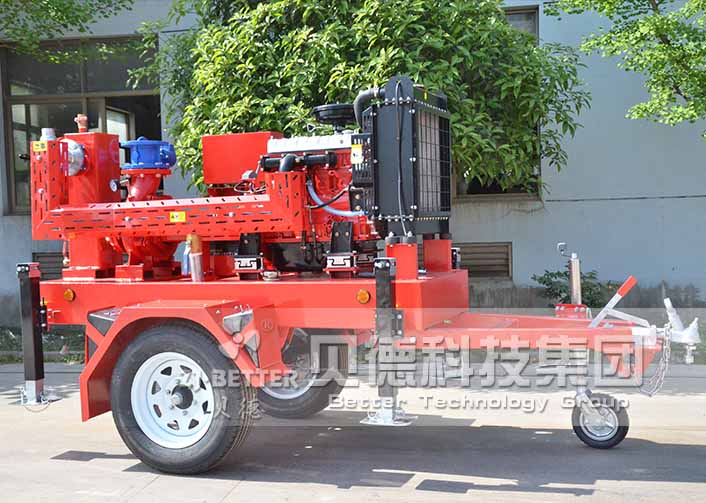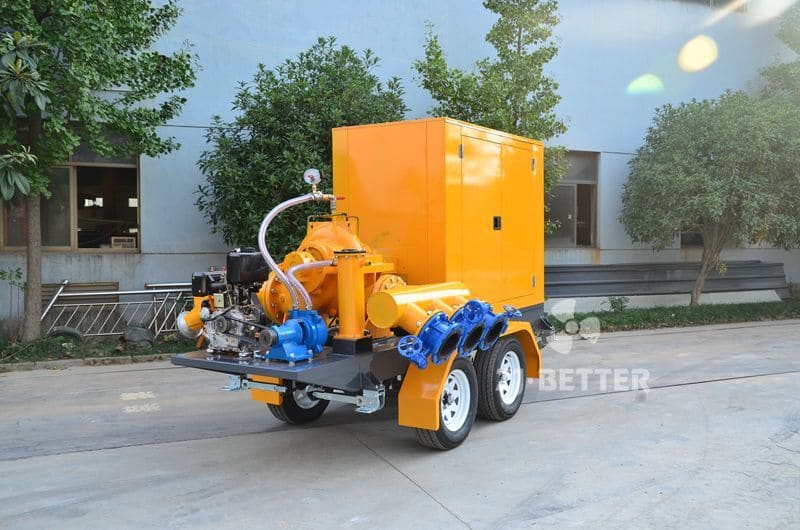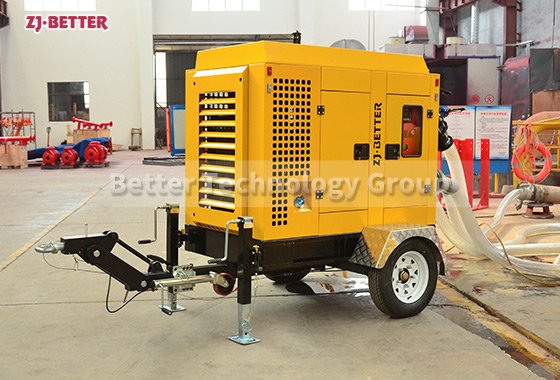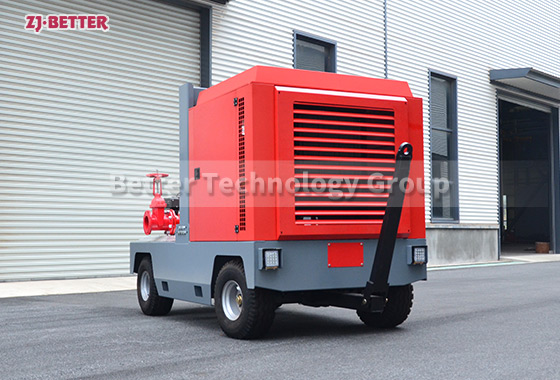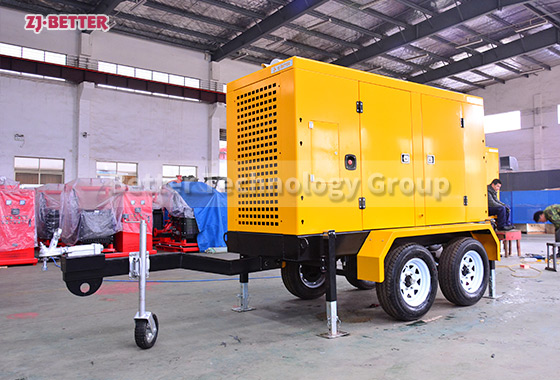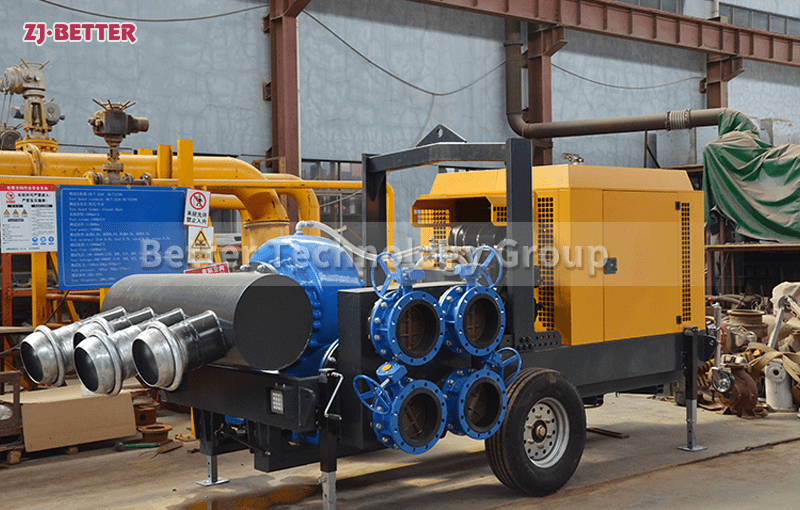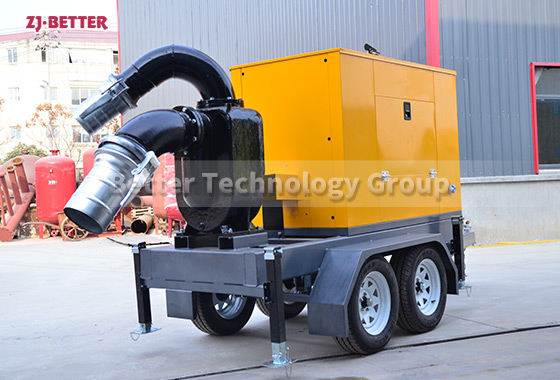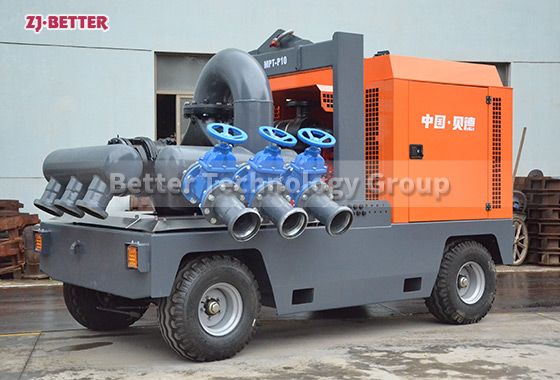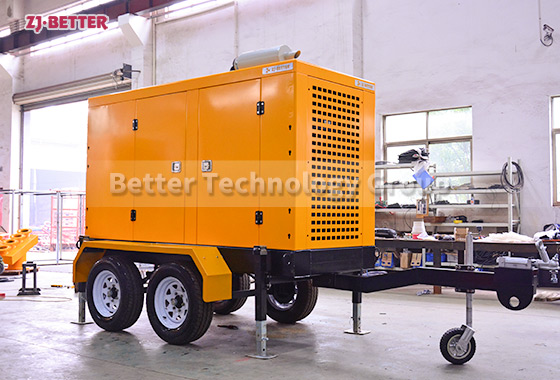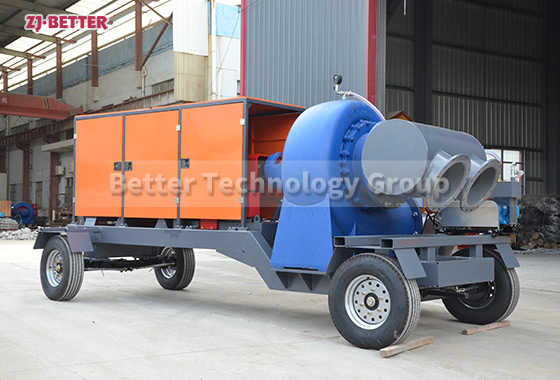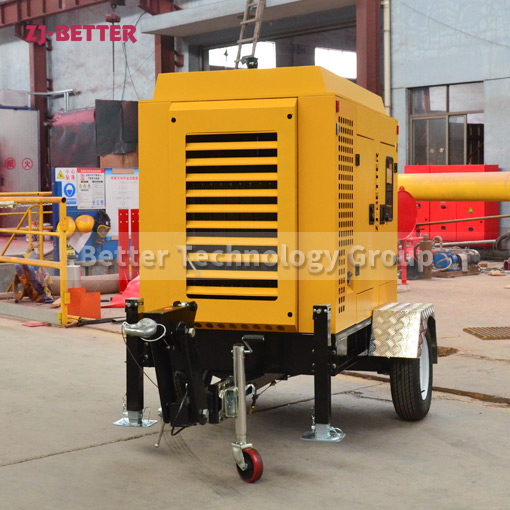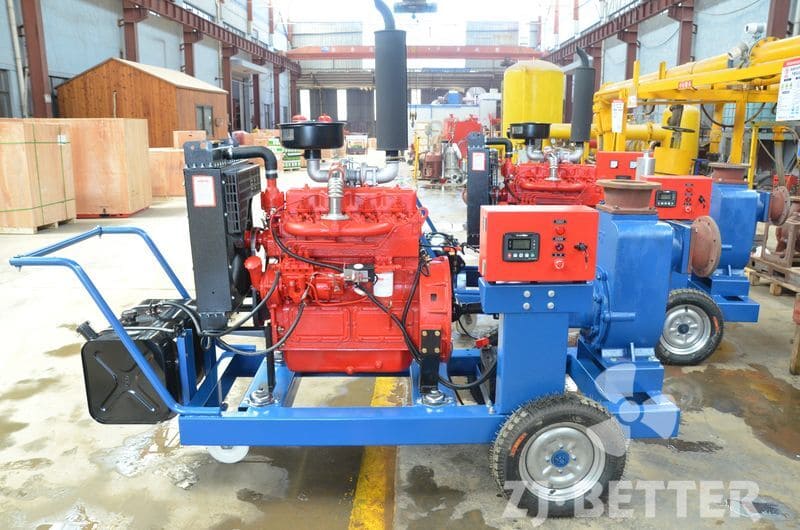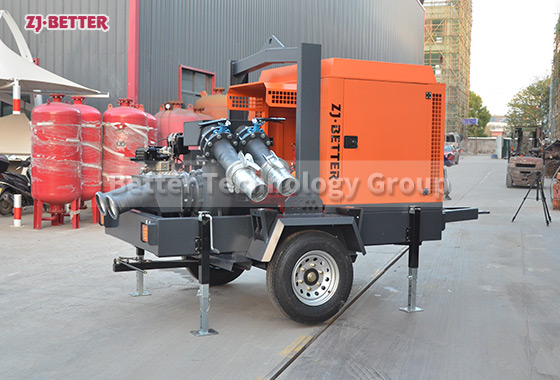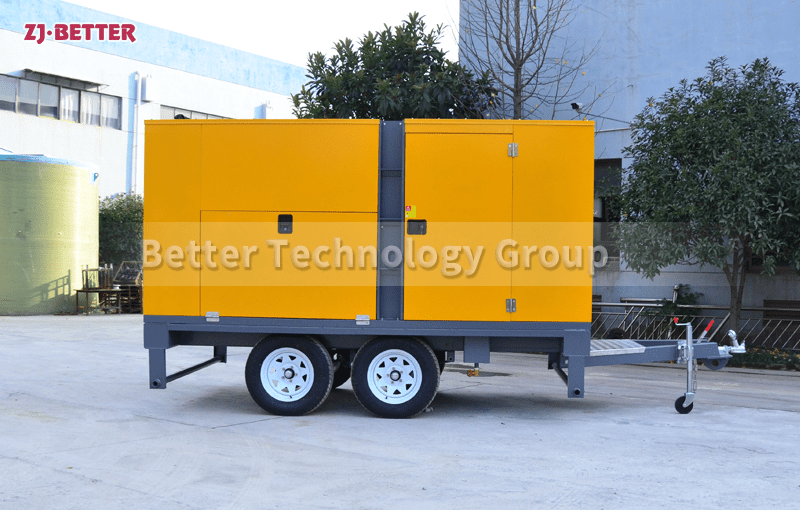The main heat dissipation methods of diesel engine fire pumps can be divided into two types
The main heat dissipation methods of diesel engine fire pumps can be divided into two types: wind heat dissipation and water heat dissipation. According to the two heat dissipation principles, the water heat dissipation system has uniform heat dissipation and good heat dissipation effect. The relative price is also relatively low, so most of the diesel engine fire pumps mainly use water for heat dissipation. Wind heat dissipation can be divided into two types: natural wind and forced wind. Natural wind uses the airflow coming in from the machine in motion to directly cool the cylinder head, cylinder block and other parts; The airflow at the place increases the cooling rate and area. The principle of water heat dissipation is to use water or antifreeze as a cooling medium to take away the heat of the high-temperature parts of the diesel engine fire pump engine to ensure the normal operating temperature of the engine.
The diesel engine fire pump can adjust the head of the pump by increasing or decreasing the number of stages of the impeller according to the actual needs, so as to ensure that the working point falls within the high-efficiency area of the pump. Compared with ordinary diesel engine fire pumps, diesel engine fire pumps have higher pump efficiency, and the efficiency of diesel engine fire pumps is generally higher than that of multi-stage diesel engine fire pumps with the same flow rate and domestic JC deep well pumps. Since the head of the diesel engine fire pump can be easily changed, the efficiency of the device can also be greatly improved. Diesel engine fire pumps can be adapted to work in different working media and media at different temperatures by changing the material or coating with a special protective layer. The diesel engine fire pump occupies less area, and the vibration and noise of the diesel engine fire pump is relatively small.

